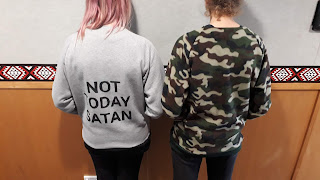Sunday, 18 June 2023
Monday, 8 November 2021
Monday, 19 April 2021
Sewing for Beginners
Sew Easy Fabrics for Beginners
Congratulations!
You have already sewn some small projects and are set to move on to sewing your
own garment. Perhaps you are now getting ready to sew your first dress
and looking forward to wearing your first creative sewing expression. And if
you are a bit nervous that it will not turn out perfect, don’t fret. We all
make mistakes but working with certain fabrics for beginners could make your
first sewing project a sure success!
Fabrics for beginners
As you start to go
beyond the invisible border of buying clothes and getting ready enter the
wonderful world of sewing, it is important to know that there are fabrics that
are more adaptable than others. Generally, one of the most manageable fabrics
to work on is cotton. This versatile fabric can be as light as a handkerchief
or heavy like a canvas and is the fabric of choice for shirts, skirts,
trousers, jeans, and dresses.
Fabrics can either
be woven or knitted. It can be also be made from animal fibres, plant fibres or
man-made fibres. Since knitted fabrics stretch more than woven fabrics, this
makes them harder to manage –so let’s start sewing with woven
fabrics first, like moleskin and smooth corduroy, which are almost always
made from cotton. These fabrics are also relatively cheap. Stay away from
cotton jersey though, because it is a fabric that is knitted by machine from
fine cotton threads, making it quite stretchy and not as easy to work with.
Heavy-weight cotton fabrics like denim may also be a bit difficult to
manipulate. Have a look at our article on Tips for Sewing Denim if
you want to have a go.
Tips for Sewing Denim: Easier Than
You Think!
Try woven linen first
Woven linen is also ideal for your first garment project.
It’s available in a variety of weights and is great for summer wear. Take note
that linen, which is often blended with cotton, tends to crease a lot and can
be a bit expensive. Therefore, the best project for beginners using linen
are tunics, sleeveless blouses and loose shirt dresses, pyjama pants.
For a fun and easy
project please take a look at our super easy tunic, the perfect
project to build your sewing confidence.
If you want to sew
a skirt, you can also opt for woven wool for that posh look, but this fabric is
expensive. Synthetic or man-made woven fabrics like polyester and polycotton
are recommended as fabrics for beginners. Crease resistant and
lightweight, they are cheap and manageable. Finally, cotton velvet is stable
and is great for skirts and simple but glamorous jackets.
Move on to knits as your skills grow
Generally, woven
fabrics like cotton, linen, and cotton-linen blend are great choices as fabrics
for beginners because they do not slip or stretch that much. Stay away from
knitted fabrics like shiny polyester, silk, rayon, and cotton jersey for now.
If you really want to have a go with knits, please check out our
article Sewing with Stretchy
Knits for some guidance.
Try to use light-
to medium-weight fabrics too and remember that heavy fabrics with bumpy ridges
are hard to manipulate. And make sure to choose fabrics with plain colours or
small prints since stripes, checks and fabrics with large patterns are tricky
in laying them out. Before you venture into knits, try your hand at
slippery fabrics that are easier to manipulate, at the top of your list should
be challis.
Choose the pattern, then the fabric
It’s also best to
buy your sewing pattern first. Choose your fabric later because patterns will
help you know not only what kind of fabric you’ll need, but also how much
fabric you should buy too. After choosing your fabric, you can then buy notions
like buttons, thread, and zips to match. We have a comprehensive list
of The BEST Online Fabric
Shops if you're looking for fabric.
If you did all
these steps, you are now ready to make your first garment. And before you know
it, you will be wearing your first creation. Have fun sewing!
Monday, 6 April 2020
Headbands
This is a similar type of headband with the knot on the top however, the fabric wraps around your head a couple of times and floral wire is used to to maintain any shape you desire.

Step 1: Gather materials needed – Floral wire, Fabric, and basic sewing tools.

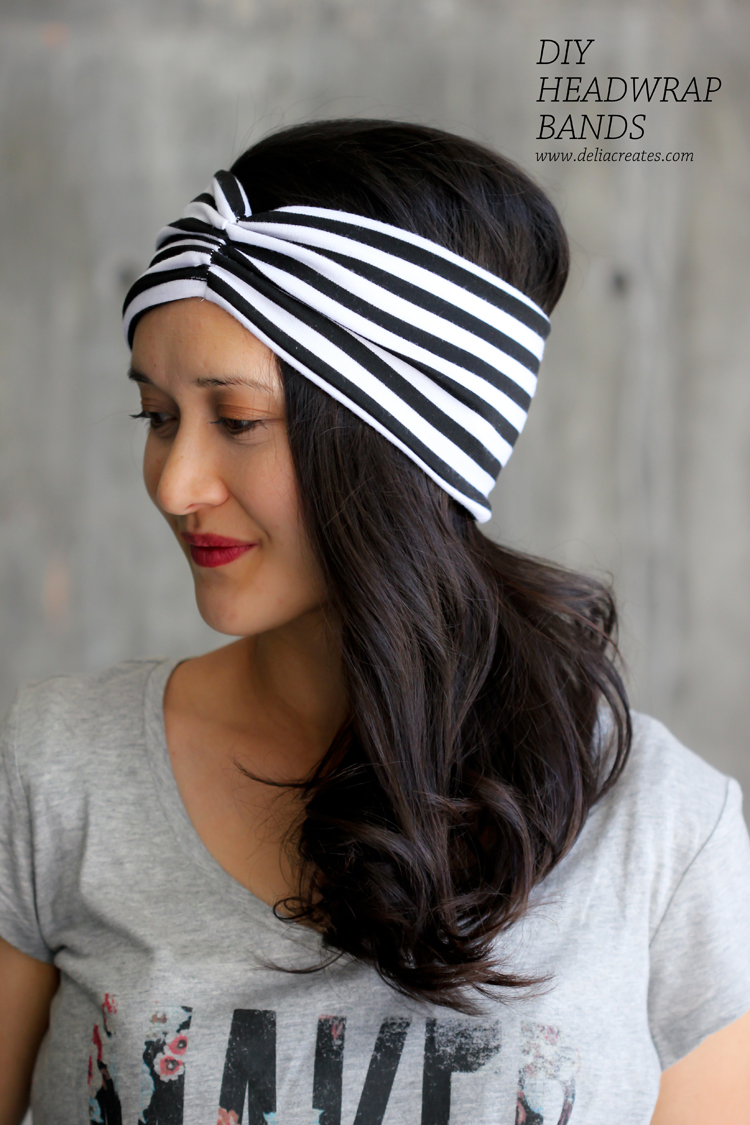
LENGTH
Measure around your head from forehead down to the upper part of your neck and then back around.
Girls =20-21″
Women’s = 22″
When cutting the width, decide how wide you want it, then double it and add 3/4″ for seam allowance (3/8″ x 2).
You can cut the width of your headwrap band to your preference. If you would like the thick headwrap look, the following is a good guideline:
Toddler = 6 3/4″
Girls = 7 3/4″
Women’s = 8 3/4″
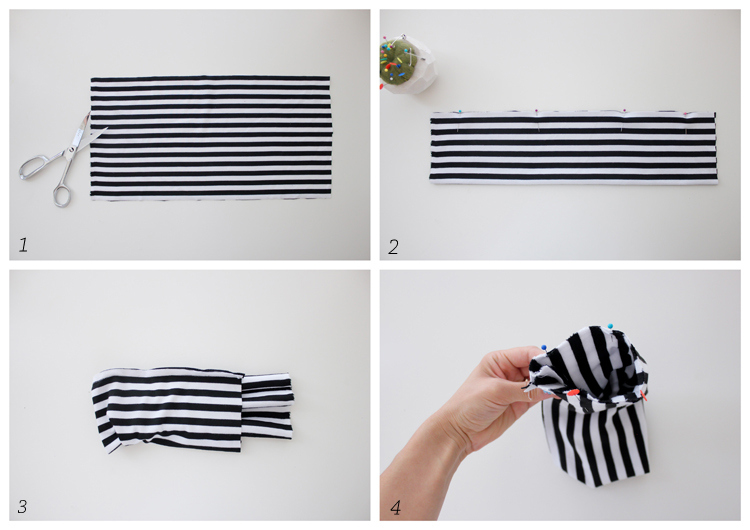
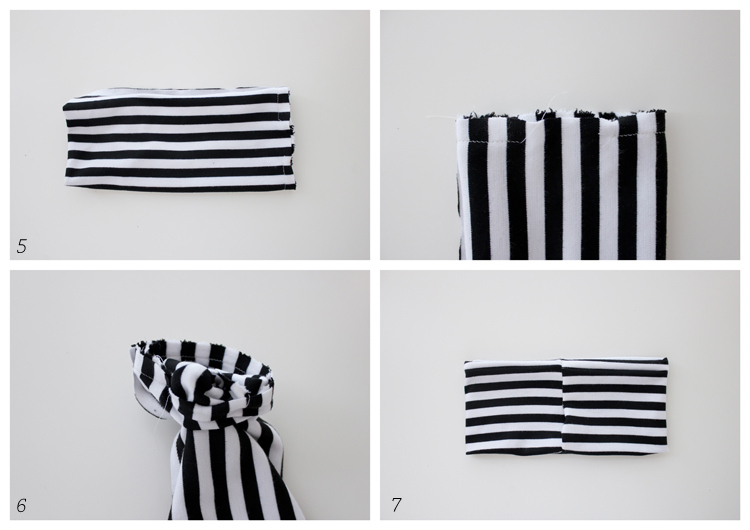 \
\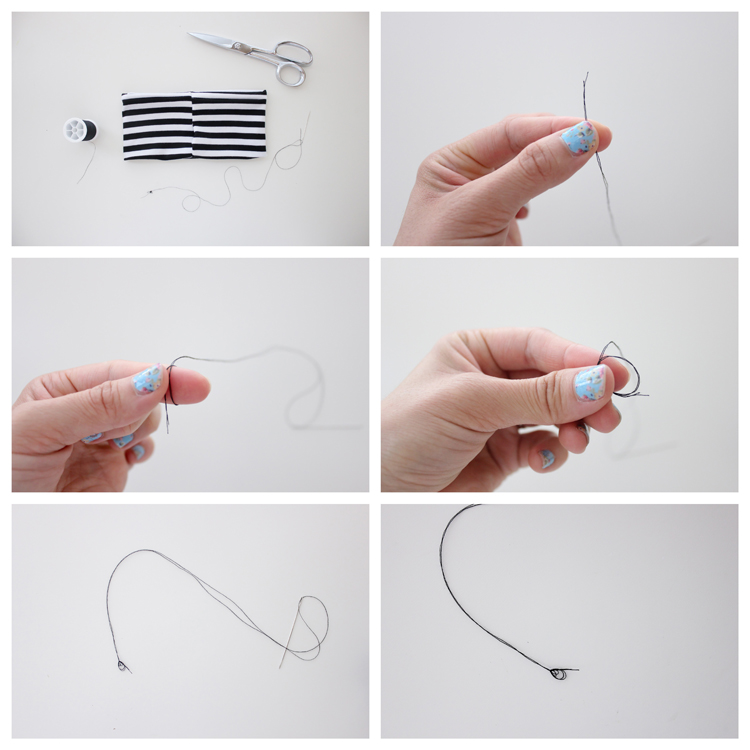
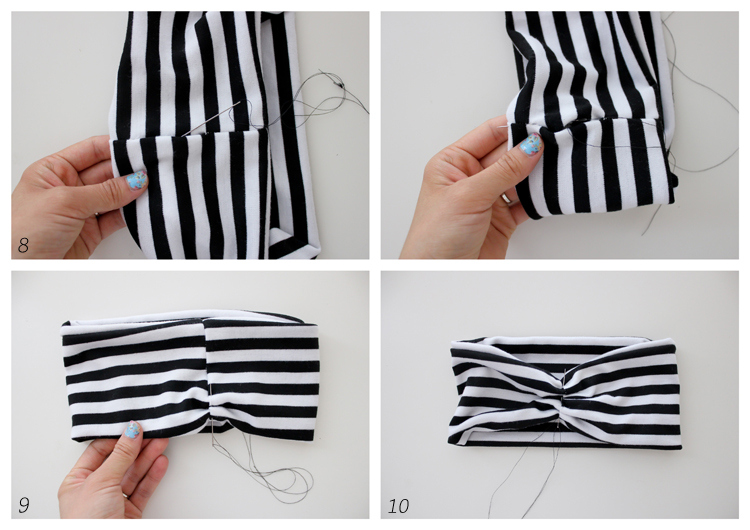
You can wear the ruching in the front or flip it to the back, so the front has a smooth look.
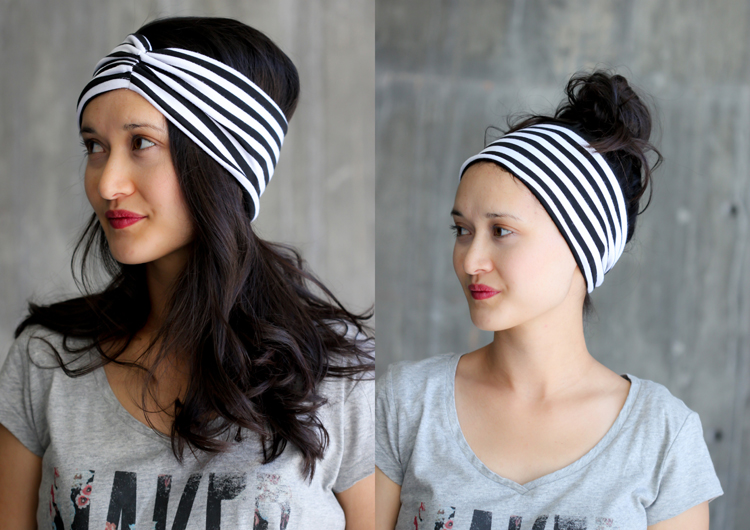
Friday, 27 March 2020
Making Face Masks
Cut out 4-6 pieces fabric using your chosen pattern size(100% Cotton is best as it is 'breathable').
After cutting, you will have two-three pairs of fabric.
Stitch along the longest curved side 0.5cm from the edge.
Clip the curved edge to allow the seam to sit flat.
Place two of the completed pieces right side to right side, the third can be placed either way - I have chosen to place the pieces so that the print is what will be seen when wearing the mask and the white is the 'backing'.
Stitch along the long edges, leaving the short edges open.
Top stitch along the long edges 3-5mm away from the edge.
There are a range of different ways to prepare the short edges to attach or insert the elastic. In the interest of keeping it simple, I'll explain two simple techniques.
One (this is the technique I will use).
Neaten the short edges with an overlocker or a zigzag stitch.
Fold the short edge over 1.5cm and top stitch to secure - this creates a casing for the elastic.
Use a safety pin to insert each piece of elastic through the 'casing' that has been created. Overlap the ends of the elastic and zigzag stitch to secure.
Fold the short edges over twice, to hide the raw edge - at least 1cm per fold.
Top stitch close to the inside fold - this should create a loop that allows you to easily thread a piece of elastic through whilst hiding the knot inside the fabric.
Thursday, 23 January 2020
Making a Bandana Bib
I created a small and a large pattern on news print following the measurements below.
Tuesday, 12 November 2019
Soft Toy/Neck Pillow Term 4
Here's an image of two that are almost completed. Keep up the good work Year 9s!!
Saturday, 9 November 2019
Tuesday, 15 October 2019
Making a Scrunchie
Sunday, 13 October 2019
Wednesday, 21 August 2019
Level 3 - Pleats
Level 1 Pattern Adaptation - Garment Construction Techniques
Wednesday, 7 August 2019
Senior Textiles


Thursday, 11 July 2019
Completed Year 9 and 10 Projects
Friday, 21 June 2019
Hooded Sweatshirts, Term Two
Thursday, 30 May 2019
Friday, 29 March 2019
Year 10 Cushions
Tuesday, 12 March 2019
Screen Printing with Paper Stencils
Wednesday, 14 November 2018
Year 9 Neck Pillow
Friday, 9 November 2018
C4 Availability For Seniors
Thursday, 25 October 2018
The Zambesi Workshop
Thursday, 18 October 2018
Monday, 1 October 2018
Year 9 Tote Bags
Monday, 24 September 2018
Level Two External
A statement--a prediction that can be tested or an educated guess. In a hypothesis statement, students make a prediction about what they think will happen or is happening in their experiment.
Discuss the steps you are following for each test - be specific
- Introduce the experiment in your conclusion. ...
- Restate your procedures. ...
- Describe what you discovered briefly. ...
- Comment on whether or not your hypothesis is supported. ...
- Link your results to your hypothesis
Monday, 10 September 2018
Thursday, 30 August 2018
Suitable Summer Fabrics

1. COTTON
Cotton is perfect for all climates, which is why it’s widely worn & loved. Wear this in dry heat or humidity, too.
This natural fiber allows air to circulate & move freely through the fabric, which makes heat more bearable. It’s like a built-in air-conditioner for your body!
Stylist Tip: Remember, cotton can shrink in the dryer! In the summer, take the extra minute to hang dry your cotton garments (it’s hot anyways!).
2. CHAMBRAY
Because this is cotton, it too will keep you cool in dry heat & humidity.
Chambray often comes in a higher thread count, which means it’s a finer weave & more breathable fabric.
Stylist Tip: Chambray has a similar look to denim so you can get the look without feeling weighed down.
3. RAYON
Rayon is best in dry heat. Since it’s still not a natural fiber, it won’t wick away moisture as well as cotton.
Rayon is a thinner thread than cotton, so it’s great for delicate, lightweight clothing that drapes ever so well.
Stylist Tip: Light-colored garments in white, cream & pastels don’t absorb sunlight like dark colors do. Wear them to stay cool.
4. LINEN
Anywhere! Linen was made for the heat.
Linen textiles are some of the oldest in the world—people have been wearing it for centuries, and for good reason. The natural fiber and light weave allow for maximum breathability; the coolest of the cool.
Stylist Tip: Wrinkles are part of the carefree, lived-in beauty of linen. Hate to iron? Lightly spray your garment with a water bottle and smooth over wrinkles with your hand.
5. BLENDS
Synthetic fabrics are known for detracting moisture (think: athletic wear), so they’re great in humid climates.
Blended fabrics keep their shape & require little to no maintenance (like ironing!).
Information sourced from: https://blog.stitchfix.com/fashion-tips/guide-breathable-summer-fabrics/Stylist tip: Blended fabrics resist heat well, so you can wash and dry garments without worrying about damage or dreaded shrinkage. Machine washable = huge time-saver!
















